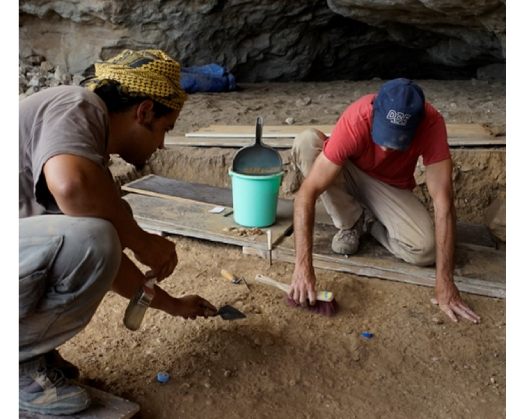In collaboration with the Directorate General of Heritage and Tourism in Dhofar Governorate, the French mission, titled ‘Archaeology of the Arabian Seashores’, has been conducting research into the development of human civilization along the Omani coastline. This endeavor has led to the discovery of over 400 sites, among which is the “Natif Cave”, recognized as a particularly remarkable site from the Late Paleolithic era, spanning from 10,350 to 10,700 BC BC.
The “Natif Cave” was initially discovered by the French team in the year 2013 as a component of the “Arabian Seashores Study Project”. The excavation of the site was conducted over several seasons, from 2013 to 2016, with a subsequent revisitation in 2024 to finalize the documentation process.
Throughout the archaeological excavations and subsequent studies, the French mission has uncovered evidence of human habitation dating back 10,000 years at the “Natif Cave” site, which has preserved sediments from the oldest fishing community in the Arabian Peninsula.
This assertion was further supported by the discovery of fish and turtle remains within adjacent caves. The findings at the “Natif Cave” include a fragment of a rope, considered to be the oldest rope ever found in the world, flint tools, beads, and frankincense pebbles.









